7.1
Performance Standards
Before 1980, there were no federal standards for the manufacture of dental x-ray machines. In Ontario, The Healing Arts Radiation Protection Act (HARP) was passed in 1980.
Since 1985, the federal government regulates (X-Ray Safety Code) the manufacture and installation of dental x-ray equipment in Canada. Provincial and local governments dictate how it is used. It is the responsibility of the dentist who has taken on the role of Radiation Protection Officer (RPO) to ensure all x-ray operators, including Dental Assistants, meet the qualification requirements under the HARP Act.
Types of Machines
Some units are used for intraoral receptors:
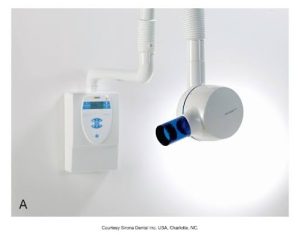 |
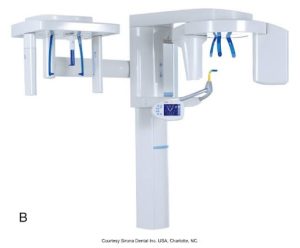 |
Some units are used for extraoral receptors:
 |
 |
Some intraoral units are portable and allow for exposures outside the dental office. They are battery-powered and were recently approved for use by Health Canada Safety Code 30. Units can be held stable during exposure and produce high-quality diagnostic images. Rules governing the safe installation, use of x-ray equipment, and protocols and safety requirements for operators can be established through provincial/territorial authorities as outlined in Safety Code 30.
Below is an image of a portable intraoral unit.
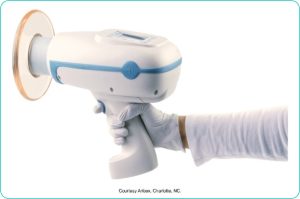
Note: It is essential that you review these regulations so that you are aware of proper protocols and procedures when exposing radiographs for different types of x-ray machines.
Ontario X-ray Safety Regulation Amendment [web article]
This article from the Radiation Safety Institution of Canada discusses amendments to Ontario’s X-ray Safety Regulation, which include replacing old registration forms with new ones for X-ray sources and updating regulatory requirements as of March 15, 2018.
Component Parts
Component parts of the tubehead are the extension arm and the control panel.
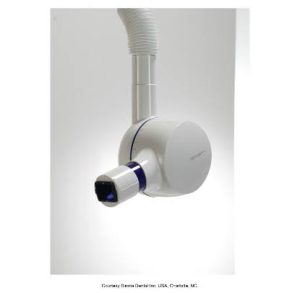 |
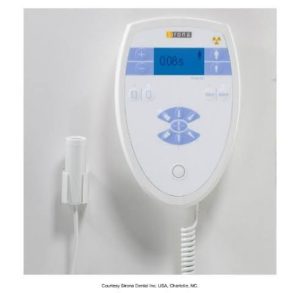 |
| Extension arm: suspends and allows for positioning of the tubehead | Control panel: On-off switch and indicator light, exposure button and indicator light, control devices (time, kilovolt peak, milliamperage) |
Media Attributions
- Iannucci: & Howerton: Dental Radiography Principles & Technique, 6th Edition, Chapter 7, CC BY-NC-ND

